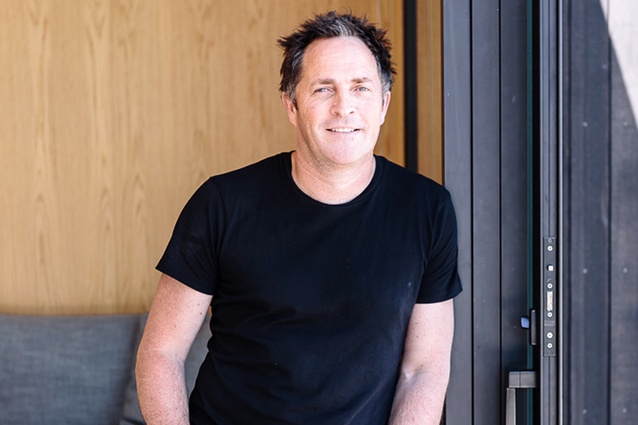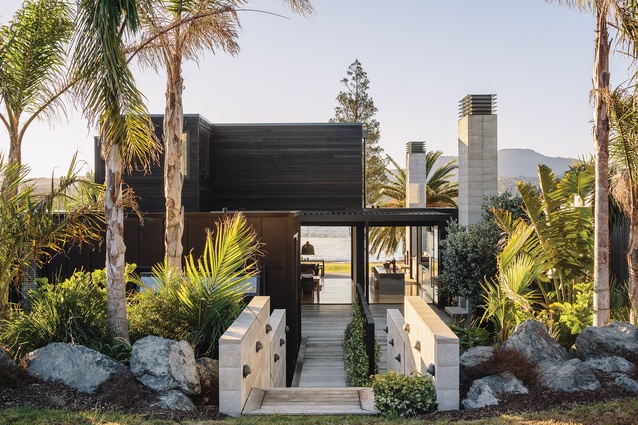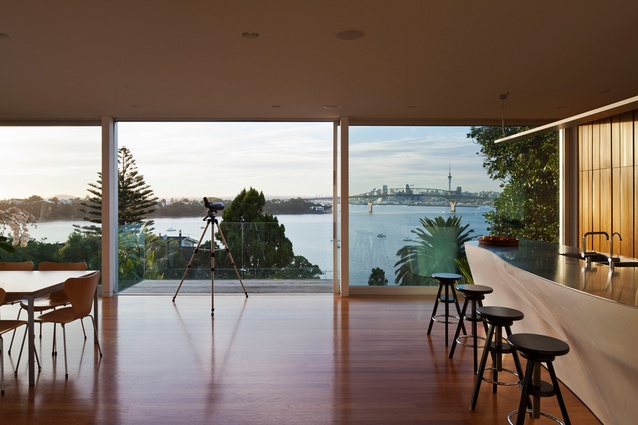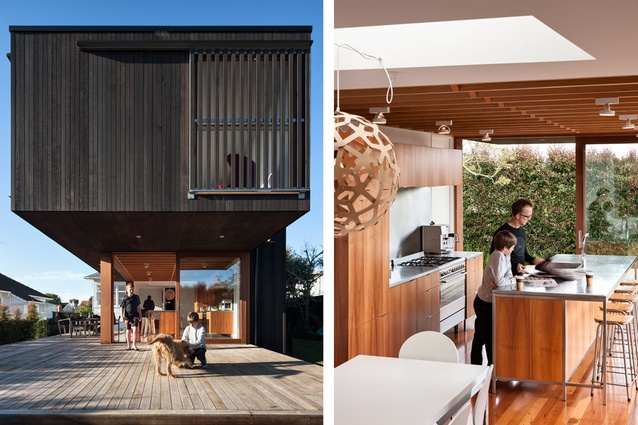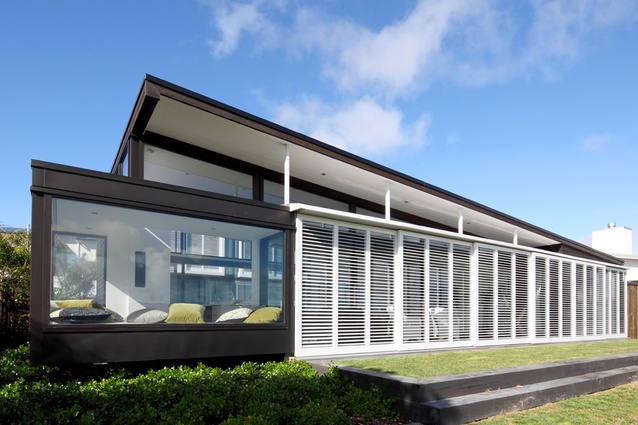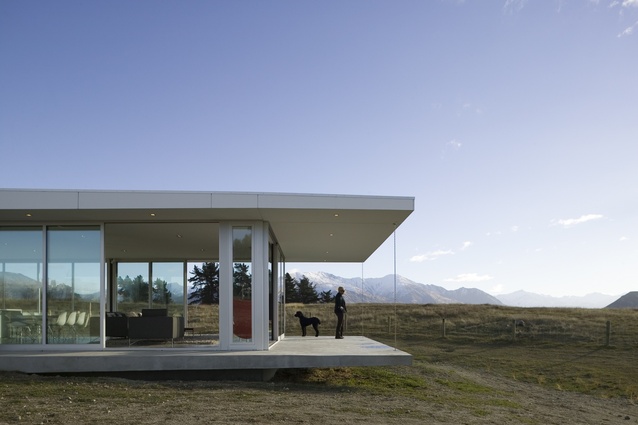Architect profile: Paul Clarke
Paul Clarke is the man behind an Omaha Beach house featured in issue 84 of Urbis. The Auckland-based architect of Crosson Clarke Carnachan Architects (CCCA) grew up in Dunedin but moved to Auckland to study architecture in the late 1980s. We chatted to Clarke about his southern roots and his career to date.
U: Why did you decide on a career in architecture?
Paul Clarke: For me, architecture started from the exploration and enjoyment of art. Art led me to an interest in building, which was also influenced by the richness of my upbringing and the environment in which we lived and holidayed. The home I was brought up in is over 100 years old and is a wonderful example of historic Dunedin architecture. Our family crib is one of the original A-frame houses built beside Lake Wanaka.
I was introduced to architecture through an apprenticeship at Mason and Wales Architects in Dunedin, which inspired me to pursue an architectural degree. Since then, I’ve developed further interest in colour, texture, materials, art and furniture, which has led to an ongoing enthusiasm for what I do and the way that these aspects of design influence the world we live in.
U: How did CCCA come to be?
PC: After graduating from the University of Auckland in 1992, I started working for Ken Crosson Architects and in 1999 Crosson Clarke Architects was formed. In 2004, Simon Carnachan joined the practice and Crosson Clarke Carnachan Architects was established. We also have an office in the South Island based in Arrowtown, Crosson Clarke Carnachan Chin Architects, which is directed by Anna-Marie Chin.
U: What’s the best thing about what you do?
PC: It’s incredibly fulfilling creating buildings that engage the people who live in them. Partnering people in the experience of architecture and all facets of design is enormously rewarding. Seeing clients contributing to the creation and process of a project and seeing their satisfaction is a great feeling.
U: What are you working on at the moment?
PC: I have a number of family homes on the go as well as some holiday homes. We have just completed a fantastic project near Pakiri working with a great team in the office, on site and a wonderful client.
U: How would you describe your own design aesthetic? Are there particular design elements that make a project yours?
PC: The aesthetic of what I do is drawn from the form and colours of surrounding natural landscapes, as well as influences important to the client. This could be a work of art, a reference to something that inspires them, an idea they particularly relate to on the site, or a significant memory.
I see architecture as a challenge to create new ways of expression which captures users and observers and allows the built form to express meaning, and ultimately a delight through its use. In terms of ownership, I think the ultimate success of a project is that it belongs to the client.
U: What’s your own home like?
PC: Our home is a work in progress. It’s a bit like the story of the cobbler’s children’s shoes! The existing house is a 1940s’ black and white cedar house filled with things we love. It’s fun, eclectic and a sanctuary located on a large site, north facing surrounded with beautiful old trees.

